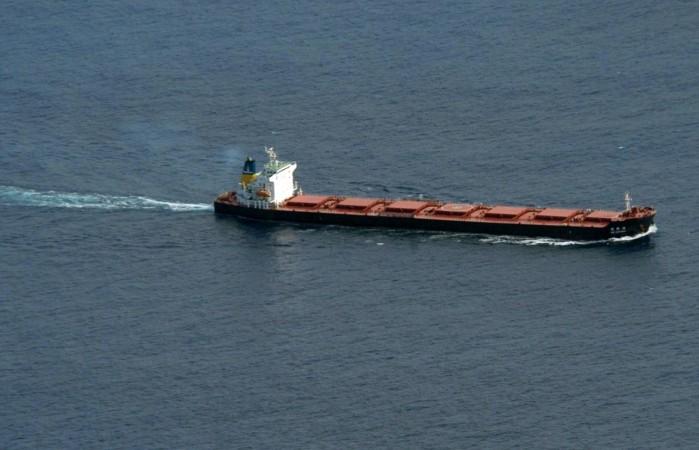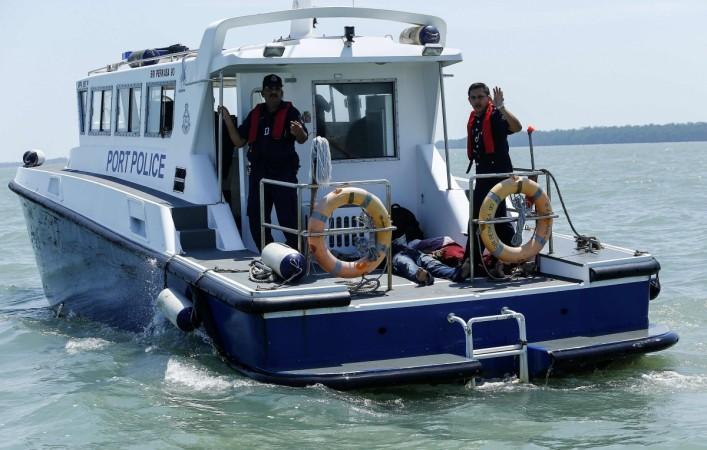
In a significant move to bolster maritime and waterways transport across the nation, the Ministry of Ports, Shipping, and Waterways has scheduled a meeting of the State Maritime & Waterways Transport Committees (SMWTCs) for Tuesday.
The meeting, to be chaired by T. K. Ramachandran, Secretary of the Ministry of Ports, Shipping, and Waterways, will be conducted via video conferencing, as per an official statement released on Saturday. The primary objective of the meeting is to discuss the comprehensive development of maritime and waterways transport across India.
The focus will be on the preparation of state-specific Maritime and Waterways Transport Master Plans, formulation of Maritime Sector Policies, Green Initiatives, Waterways Development, Cruise Tourism, Urban Water Transportation, and the Development of Lighthouses. The Ministry has recognized the need for a unified approach to manage and integrate the waterways transportation sector. To this end, it has established SMWTCs to coordinate various initiatives and schemes within each state.
These committees are pivotal in consolidating efforts and providing focused leadership in the maritime and waterways sector. Each state committee is headed by the Chief Secretary or Additional Chief Secretary and includes representatives from major ports, maritime boards, state PWD, Inland Waterways, Department of Tourism, Department of Fisheries, Railways, NHAI, and Customs.
Currently, SMWTCs have been constituted in 13 states, including Andhra Pradesh, Mizoram, Himachal Pradesh, Nagaland, Puducherry, Rajasthan, Bihar, Assam, Goa, Kerala, Uttar Pradesh, Maharashtra, and Lakshadweep. The plan is to establish these committees in all 30 coastal and waterways states and Union Territories of India.

The agenda for the meeting includes reviewing the progress made by already constituted SMWTCs, discussing the issues faced by different states, and discussing the implementation of the Sagarmala Programme. The development of the National Maritime Heritage Complex (NMHC) at Lothal, opportunities in Ro-Ro/Ro-Pax/Ferry/Urban Water Transportation, Sagarmala Shipbuilding Clusters, Harit Nauka (Green Transition) Scheme for Inland Waterways, Cargo Promotion Scheme, MoUs with States for Coastal and River Cruise Tourism, and support for State Inland Waterway Transport will also be on the table.
Chief Secretaries and Additional Chief Secretaries, as Chairpersons of SMWTCs, will present progress in their states, SMWTC initiatives, state-specific issues, and required support from the Ministry. The aim is to review progress, address issues, and foster collaborative solutions to enhance maritime and waterways transport in India.
In related news, the Union Minister of Ports, Shipping & Waterways, Sarbananda Sonowal, announced a major investment exceeding Rs 645 crores to develop 10 waterways projects in Assam under the flagship Sagarmala programme. These projects, fully funded by the central government, are set to transform terminals and riverine infrastructure along the river Brahmaputra (National Waterways 2). The government plans to construct slipways at strategic locations and establish passenger terminals to improve connectivity in Assam.

The government's relentless focus on ensuring the seamless progress of initiatives in these realms has become a key factor in shaping India's growth story. The installed capacity of Indian ports during 2014-15 was 1531 MTPA, which has now increased to 2554.61 MTPA in 2020-21. Traffic handled during FY 2021-22 at Major Ports witnessed a rise of 6.94% over the last year. This has been possible on account of various infrastructure projects undertaken at various ports for construction of new berths and terminals, mechanization of existing berths and terminals, capital dredging for deepening of drafts for attracting large of vessels in port channels.
The upcoming meeting of the SMWTCs is a significant step towards the comprehensive development of maritime and waterways transport across India. The focused leadership and coordinated efforts of these committees are expected to bring about a sea change in the sector, enhancing connectivity, boosting trade, and contributing to the nation's economic growth.














